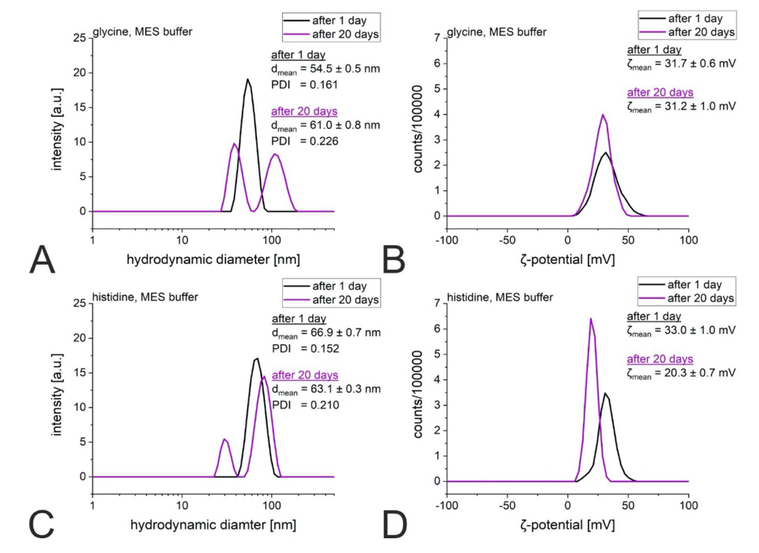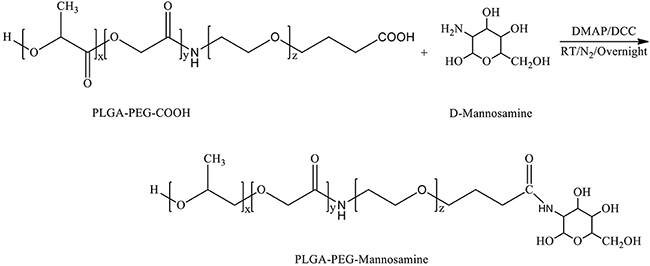

The Polydispersity Index is dimensionless and scaled such that values smaller than 0.05 are rarely seen other than with highly monodisperse standards. What should the polydispersity index be for dynamic light scattering? The particle size distribution and polydispersity index (PDI) of lipid-based nanocarriers are highly important physical characteristics to be considered when creating food-grade or pharmaceutical-grade products. The particle size is obtained from the Stokes–Einstein equation D = n K T / (3 π η d), Why are particle size and PDI so important? The polydispersity index is the size distribution of the nanoparticle population. How is the polydispersity index of a nanoparticle calculated? Actually, the PDI value may vary from 0 to 1, where the colloidal particles with PDIs less than 0.1 implies monodisperse particles and the values more than 0.1 may imply polydisperse particle size distributions.

The polydispersity index (PDI) is another important parameter that describes the width or spread of the particle size distribution.
.jpg)
1 Understand what components make up a Malvern DLS instrument 2 Understand the relationship between Brownian motion intensity fluctuations.
#MALVERN ZETASIZER PDI SOFTWARE#

Optional protein calculators, including protein charge, A2, kD, and molecular shape.Sample concentrations from 0.1ppm to 40%w/v.Protein size measurement as dilute as 0.1mg/mL (Lysozyme).Microrheology option to measure viscosity and viscoelasticity.Molecular weight measurement down to 980Da.Zeta potential using patented M3-PALS technology.Size measurement from 0.3nm (diameter) to 10 microns using patented NIBS (Non-Invasive Back Scatter) technology.In addition, a microrheology option is available for measuring sample viscosity and viscoelastic properties, as well as a Protein Measurement option for protein mobility measurements. Using Non-Invasive Backscatter optics (NIBS) it has significantly better performance than systems using 90 degree scattering optics. The ZSP also incorporates a zeta potential analyzer that uses electrophoretic light scattering for particles, molecules and surfaces, and a molecular weight analyzer using static light scattering. The Zetasizer Nano ZS is a high performance two angle particle and molecular size analyzer for the enhanced detection of aggregates and measurement of small or dilute samples, and samples at very low or high concentration using dynamic light scattering with ‘NIBS’ optics. It is used for the measurement of the size, electrophoretic mobility of proteins, zeta potential of colloids and nanoparticles, and optionally the measurement of protein mobility and microrheology of protein and polymer solutions. Zetasizer Nano ZS for size, zeta potential, protein mobility and microrheology - Performance, simplicity, versatility.


 0 kommentar(er)
0 kommentar(er)
